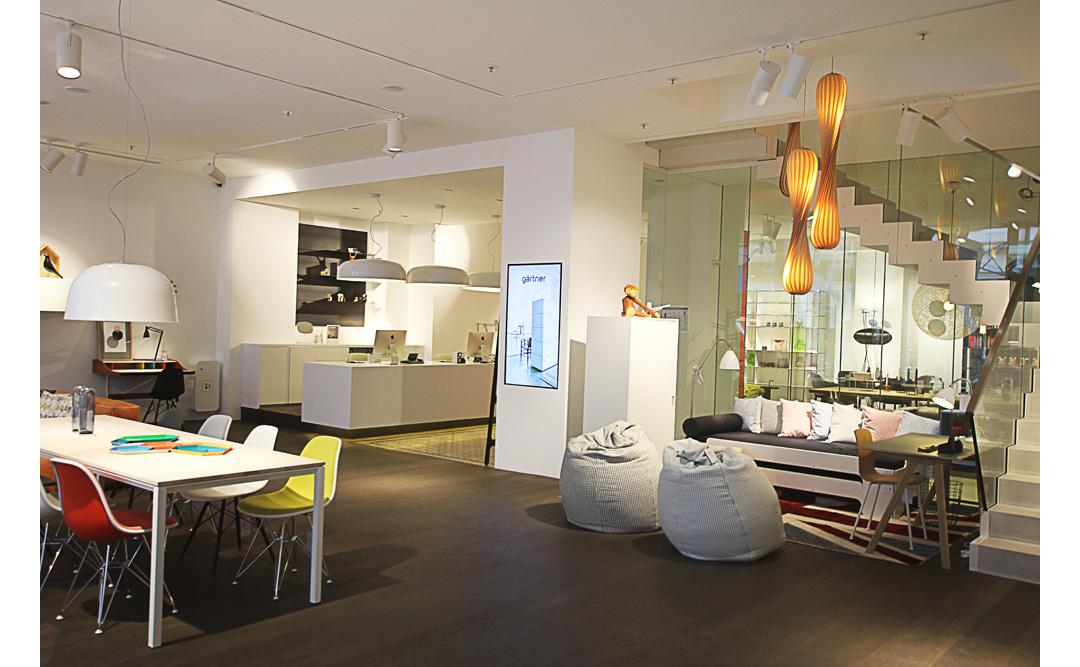Furniture store signs are essential for selling home furnishings. Since couches, beds, dressers, and fixtures are larger than most typical merchandise, showrooms tend to span quite a bit of space. Hanging overhead signs allows for customers to identify the rooms and aisles they want from a distance making navigation throughout your store much easier. Prices and brand names are very important to customers, so displaying this information prominently is a great way to instill confidence.
The holiday season is one of the most difficult times for brick-and-mortar retailers, as they have to compete with one another and online retailers for customers. Digital signage can help boost both sales for beleaguered retailers, as long as they integrate it with the larger customer experience, such as one furniture retailer did.
Selling furniture is challenging simply due to the nature of the products. Home furnishings are generally quite a bit larger and more expensive than other retail items, which is why shoppers spend so much time deciding before purchasing. Customers choose sofas, end tables, and hutches based on their budgetary, spatial, and style needs. So as a furniture supplier, you'll want to make sure your showroom makes every piece look as attractive as possible and simplifies the decision-making process for your customers. Check out our line of furniture store displays to get your showroom whipped into shape. This hand-selected collection features all kinds of practical tools that are sure to get your customers excited about purchasing home furnishings.
Use immersive experiences
Retailers need to engage with customers on a deeper level than just sales pushes. Retailers can stand out from the digital noise by is offering immersive and interactive experiences for their customers.
Customers can be inspired by the content on displays between the premium furniture as they make their purchases. With digital signage, the experience is emotionalised, and new launches can be communicated quickly. In short, it captures attention.
Bricks-and-mortar retailers can use interactive technologies and digital media to create an in-store atmosphere that appeals to a young target audience. The key is to combine online and offline power in order to meet new expectations.



